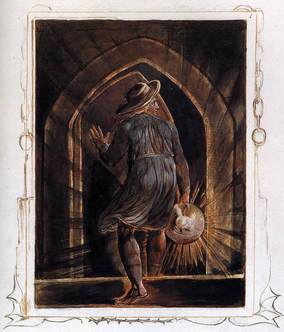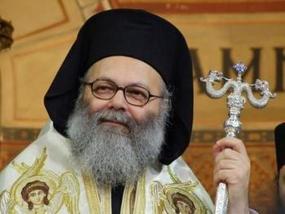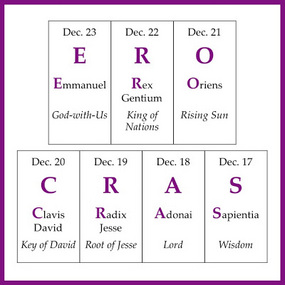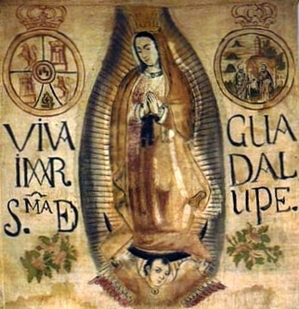
Our worship of God began today with the Church quoting Saint Paul who wrote, “Rejoice in the Lord always; again I say rejoice. Indeed, the Lord is near” (Phil. 4:4-5).
Hard to hear these words today following the tragic events of Friday the 14th where the citizens in Newtown, Connecticut, indeed, the nation, faced horrific acts of evil. As we “faithfully await the feast of the Lord’s Nativity” our affect, our prayer, our humanity has a new orientation, a new recognition: a cry of anguish and a cry of joy. That’s the Christian paradox. We are sad (troubled and grieved) to have young people gunned down. Lives cut short. The living who are searching for ways to go on with meaning and peace. The somber joy of the Third Sunday of Advent is an invitation, a recognition, a way being, to a life of joy found only in God no matter the circumstance.
Advent, like every day of our liturgical lives is call to be aware of God; to be reawakened to the movements of grace in the depths of our being.
The Liturgy concludes with the petition that the divine gifts received in the Eucharist “cleanse us of our faults and prepare us for the coming feasts.” That’s the challenge we all face together: to begin our conversion with the awareness that sin can have deleterious effects in each of us if not attended to. What can be said of Adam Lanza with his crime, personal sin and affective disorder can happen to each of us. There is that line that’s sometimes helpful to remember: There I go but for Christ’s grace. The measure of life is not our passion but the Mystery of Christ.
The anxiety of these days is mitigated by what the Lord does in our hearts: He loves us.
I noticed in the first Scripture reading for today’s Mass the phrase: the Lord is near. It ought to echo for you where you hear the Great O Antiphon, O Emmanuel, God with us. Is that our belief? Is there a true awareness that the Lord is near in the way we live our lives in the particular circumstances in which we find ourselves? Are there concrete ways that we recognize the nearness of the Lord in His gift of the Holy Eucharist, in the proclamation of the Word, in lectio divina, in the community of faith that worships and does works of charity?










